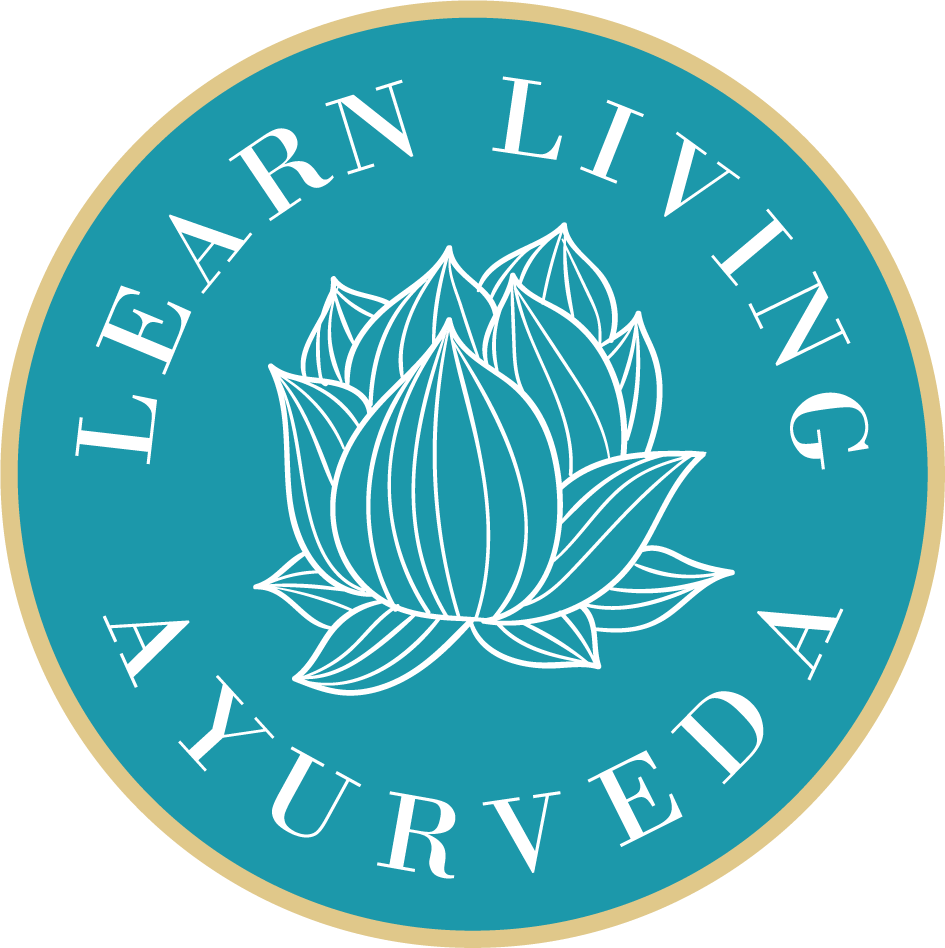
Staying In Balance
As discussed in my last blog post, health is not just freedom from disease. The ideal is that our body, mind and emotions are in a state of ease and harmony so that we can fulfill our dreams and obligations, and our roles and potential in To be healthy our doshas must be in equilibrium (samadosha), digestive fire in a balanced state (samagni), and the dhatus and malas functioning optimally.
The sensory and motor organs, the heart and mind in harmonious balance.The main ways in which Ayurveda addresses guidance to a healthy lifestyle is through:
Food and nutrition (anna)
Lifestyle and behavioural practices (vihara)
The use of medicinal herbs (aushadha)

Swasthavritta is the path through which we can attain health and happiness through a regime of abiding in one’s own nature.
To achieve this, we need:
Daily regimen – dinacharya
Seasonal regimen – rtucharya
- General conduct for well-being of us and those around us…acharya
rasayanas/behavioural advice/sattvic lifestyle - Rasayana therapy/rejuvenation techniques
- Conduct and practices to achieve Moksha/self-realization, including spiritual practice (tapas), study (adhyanana), restraint (brahmacharya), fasting (upavasa) and religious vows (vrata).
Dinacharya: The Ayurvedic art of daily routine means living in harmony with our individual constitution during the changes in life, through the day, the seasons, and our life cycle. To maintain our natural state of harmony we must know our nature and learn to live according to its real needs. This is the path of Ayurveda.
Rtucharya: Seasonal Routines
Foods and herbs taken in a particular season are best chosen according to their qualities, (the 3 gunas, 5 elements and 20 attributes). In general, the
substances selected should have the qualities opposite to the season.
Adjusting our diet and lifestyle to the doshic fluctuations caused by seasonal variations can have considerable significance in the prevention of disease.
A healthy person is best adjusting food and lifestyle to balance kapha in late winter and spring, pitta during summer, and vata during late summer and autumn. A strongly vata, pitta, or kapha person needs to be aware of balancing their predominant dosha all year round.

In late summer, when the weather is dry, vata accumulates and in autumn can become aggravated. To prevent this, it is best to adhere to a vata reducing diet and lifestyle to prevent onset of related symptoms and ill health.
In this way Ayurveda helps us to achieve the 4 goals in life, which could be interpreted as
• Dharma, service to society
• Artha, service to family
• Kama, service to self
Moksha, self realization
All properties opposite to vata calm symptoms of vata aggravation. You need to get plenty of relaxation, rest and sleep, avoid overstimulation and doing too much. Try out strategies to reduce anxiety, including yoga, pranayama, walking meditation, and spending quiet time in nature.
Regular routine, such as eating meals, taking exercise regularly, getting up and going to bed at regular times is wonderfully balancing when your vata is high. Avoid suppressing natural urges… rest when you need to, eat when you’re hungry, pass water or have a bowel movement when the urge comes, talk about something when you need to.
Internal and external use of oils particularly sesame oil, followed by application of heat or a warm bath/shower can be very calming for vata. Oils used for external use include: sesame oil, narayan oil, mahanarayan oil, castor oil.
Part 4 foods for vata…
Anne McIntyre
Great Rissington, England
